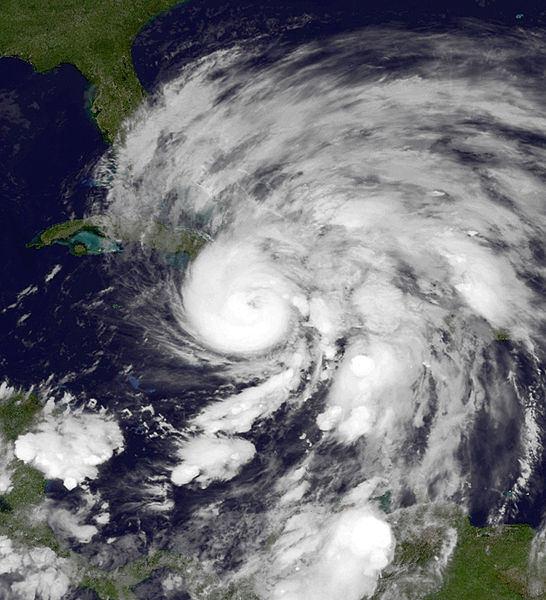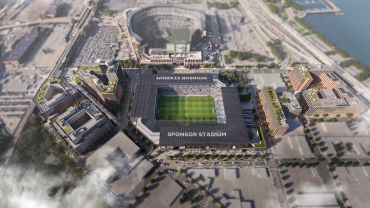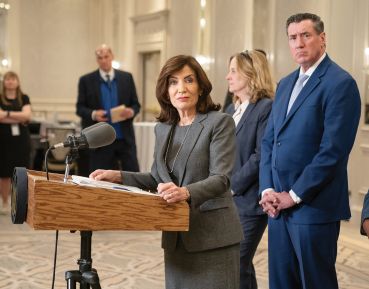Building Congress to Propose New Post-Sandy Storm Regulations
By Al Barbarino June 6, 2013 8:30 am
reprintsThe New York Building Congress will issue a series of recommendations today that would go “a long way” toward mitigating the risk associated with future storms like Hurricane Sandy.
 A task force made up of 43 local experts found that insufficient power and telecommunications reliability, “uneven emergency response,” vulnerable infrastructure and antiquated building systems contributed to the devastation wreaked by the monster storm.
A task force made up of 43 local experts found that insufficient power and telecommunications reliability, “uneven emergency response,” vulnerable infrastructure and antiquated building systems contributed to the devastation wreaked by the monster storm.
“New York City must assume that this kind of storm will occur more frequently and be far better prepared in the future,” said former Lieutenant Governor Richard Ravitch, chair of a special task force for storm preparedness, in a statement.
The task force will officially release its Risk & Resiliency after Sandy report later this morning during a meeting at the Hilton New York.
“If the recommendations in this report are followed, then we will have come a long way toward mitigating the worst impacts on the region’s residents and economy,” he added.
With more than one million Con Edison customers in the city and Westchester losing power during Sandy, the task force is urging that federal relief funds be given to private utilities to help pay for capital projects that would make the city’s power grid more reliable, noting that federal funds could be used to reinforce the existing grid and to invest in alternative energies.
“The allocation of federal dollars will ensure that the entire cost is not borne by ratepayers,” the report states. “Con Edison, for instance, recently proposed a $3 a month surcharge on all customers to pay for $1 billion in storm-preparedness expenditures.”
The task force also suggests improved disaster-preparedness, with direct oversight and coordination by the Governor and Mayor, with improved communications between government, utilities, insurance companies and the public; and a new “Emergency Responder Law,” which would enable architects, engineers and contractors to provide immediate, life-saving assistance without fear of litigation.
“The city’s reluctance to pre-approve and indemnify contractors limited the number of companies willing to assist in the immediate aftermath of the storm,” said Building Trades Employers’ Association CEO Louis Coletti, who chaired the task force’s Emergency Response Committee, referring to the post-Sandy situation, in a statement.
The report also calls for revised/standardized building codes, and the acceptance of new FEMA flood maps, requiring that construction and major renovations be designed to withstand a one-in-200-year storm, with the task force urging approval by October 1. Individual buildings should establish their own emergency preparation and recovery plans as well.
“In ways large and small, building performance standards in New York City must be modernized,” said Building Congress Chairman John Dionisio, in a statement. “Structures in and out of flood zones were ill-prepared for the storm.”
In addition, the task force encourages redundancy in electric, telecommunications and wastewater systems; increased capacity on the Long Island Rail Road’s main line, creation of a new Trans-Hudson Tunnel and pursuit of Metro North–Penn Station access; as well as a cross harbor freight tunnel, a fourth major metropolitan airport and a connection between Long Island and Connecticut.
The 43-member task force was made up of the region’s leading engineers, architects, contractors, developers, association and labor leaders, policymakers and academics, the Building Congress said.


